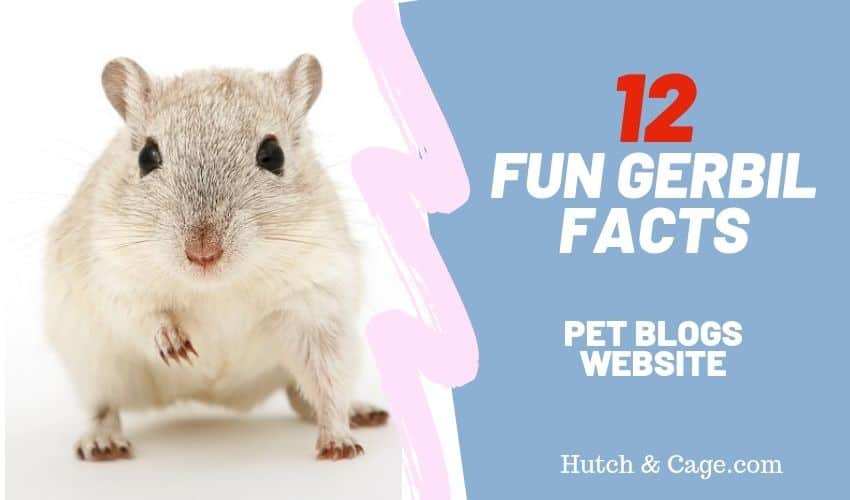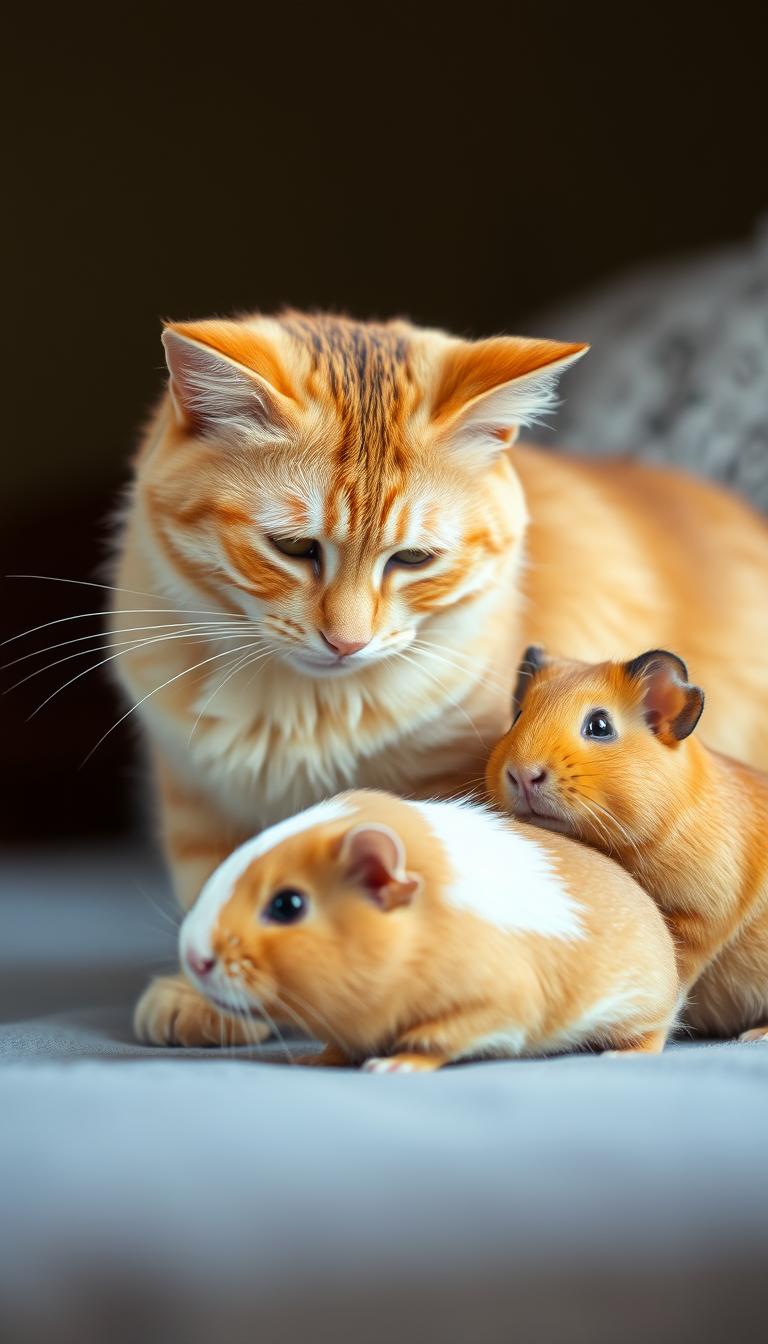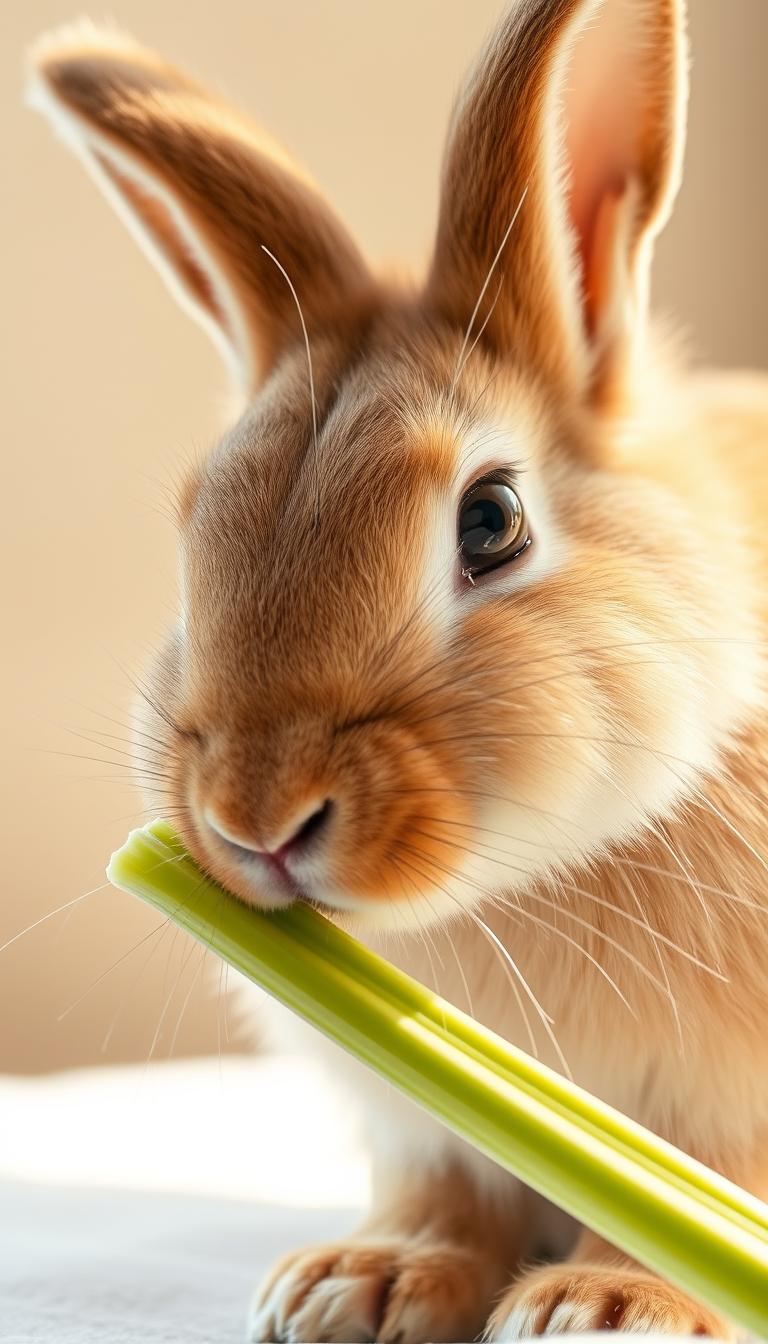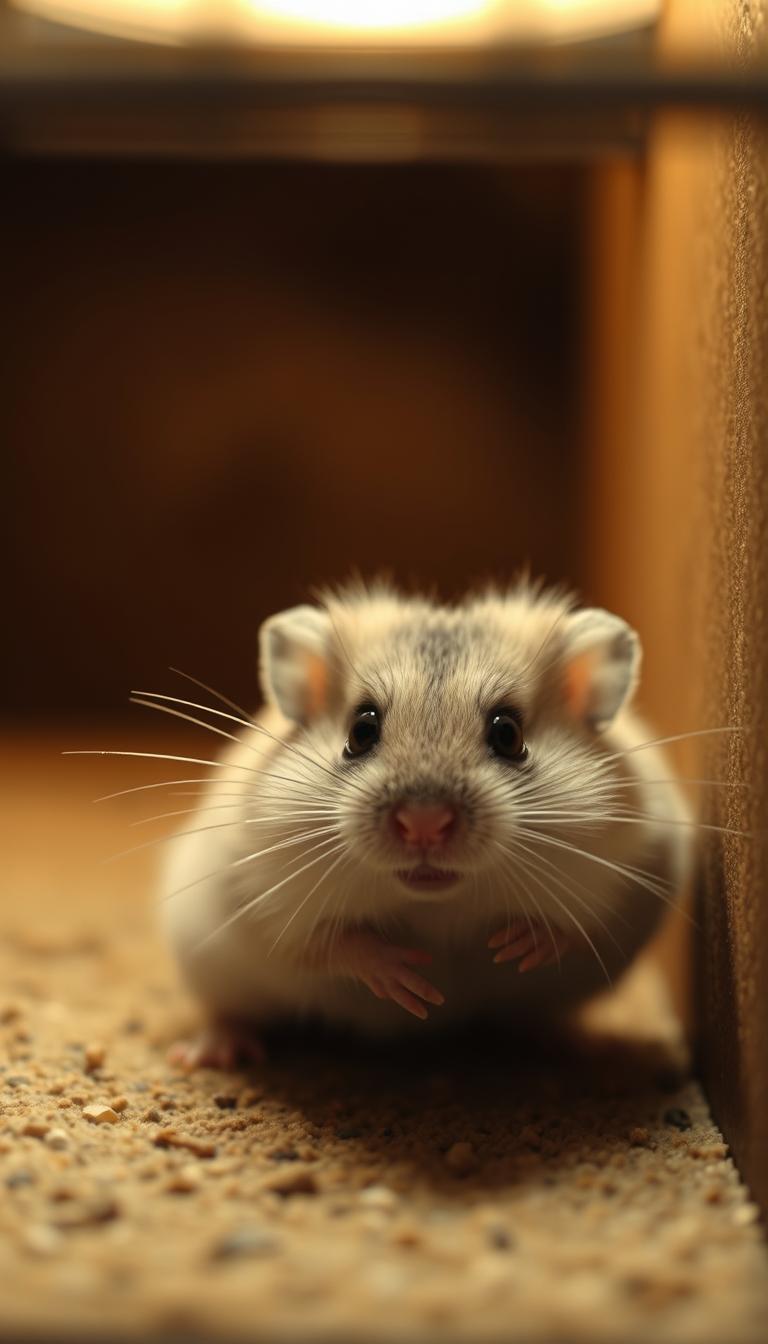So you have or want to keep a gerbil! Great we love them too, so we’ve put together this article with 12 Gerbil facts you may or may not have known.
One or two of these surprised us and certainly surprised some of our readers. Many of them, in fact, apply to other rodents and not just to gerbils.

Table of Contents
12 Fun Gerbil Facts
Gerbils mark their territory
Both male and female gerbils have scent glands and they use them to mark their territory. However, males use it more especially in large groups.
They constantly mark their territory by rubbing the scent gland on their cage and living area, which often makes them very sore, sometimes resulting in tumors.
Keeping two males, maximum is advised and you are also advised to check the scent gland on your hamsters regularly for signs of tumors and sores.
The scent gland is located on the underside of the animal and runs along the midline of the body. It’s a hairless oval patch which is slightly darker than your gerbil’s skin.
Gerbils are very smart
Gerbils in the wild build very complex burrows, some even have separate areas for sleeping and living. Although they are not the smartest rodent, they are certainly cleverer than people give them credit for.
Gerbils quickly learn which foods they can and can’t eat from watching their parents. Although they are not as smart as rats (which can learn to do some complex tricks and tasks), Gerbils can still learn to perform some basic tricks and have fun, making them great pets.
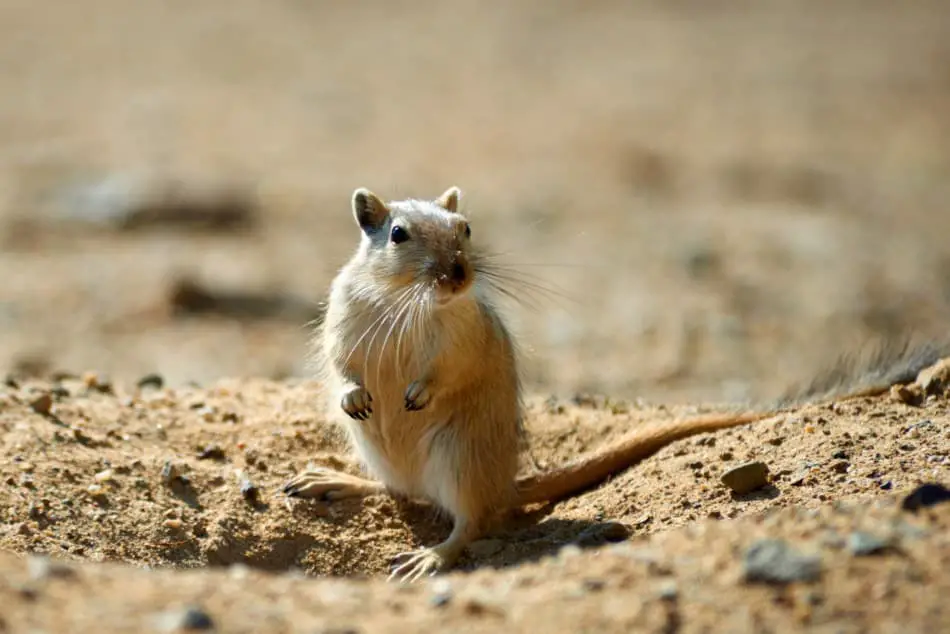
Their teeth never stop growing
Gerbils teeth never stop growing until the day they die. Yes, it’s true, they never stop growing. However, they need constant care and attention in captivity. You will need to keep checking that your gerbil’s teeth are in good health.
Providing toys and things to chew on will help your gerbil maintain healthy teeth. You will also need to see if your gerbil’s teeth do not align correctly with each other.
This can cause the incisors and/or cheek teeth (teeth in the back of the mouth) to overgrow.
Overgrown incisors look like tusks and can cause health problems, infections and general poor health. If you suspect any dental problems with your gerbil you are advised to see a vet as soon as possible.
They burrow deep
Burrows in the wild have been recorded as deep as 8-10 feet and made up of a complex system of tunnels and rooms. Some even have designated rooms as humans do. A living space, a room to sleep in and also a bathroom.
Yes, these little rodents are very smart and capable of digging some amazing burrows deep in the ground.
Gerbils burrow for safety, to build warm nests, and to store food.
Gerbils are illegal in Hawaii and California
YES, Gerbils and Hamsters are illegal in Hawaii and California. We have an in-depth article on both topics which you can read here: Hawaii & California.
The fear is that these small rodents that live in the wild in very similar wildlife and countryside that is found in California and Hawaii, will escape into the wild and overpopulate the area.
There are fears and certain risks that these animals could disturb and unbalance the natural ecosystem of animals and plant life in these areas.
Hence they are illegal to keep as pets.
Quick Gerbil Fact: Baby gerbils are called pups.
They have a short lifespan
Compared to many pets like cats and dogs, Gerbils have a very short lifespan. Not only in captivity but also in the wild.
The average lifespan of a common pet gerbil is 3-5 years. Some species do live longer but most gerbils that are sold as pets live for 3-5 years.
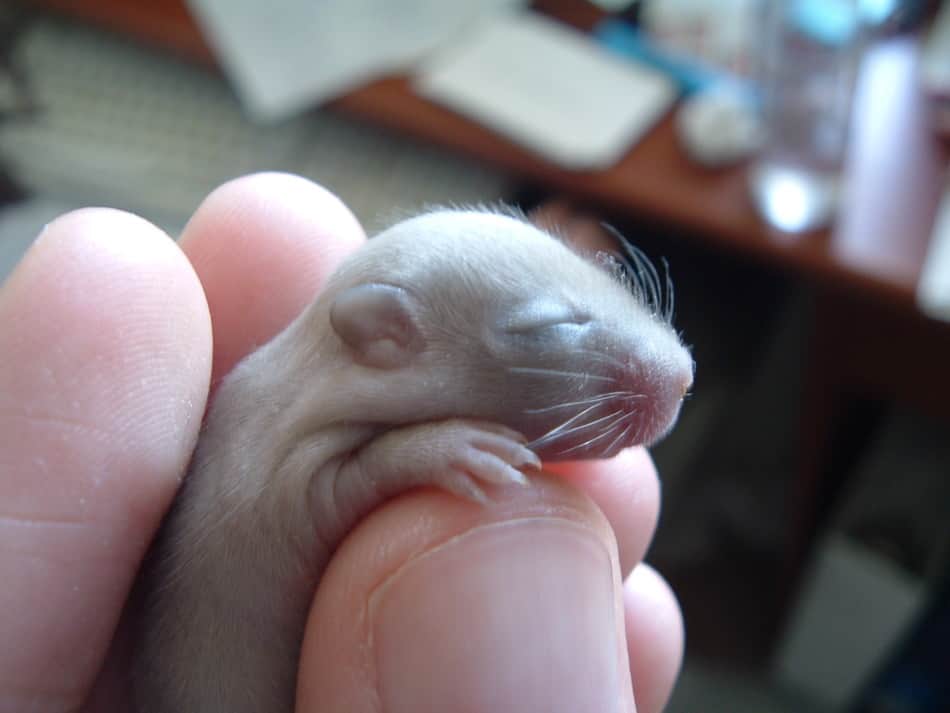
They live in groups called ‘Clans’
In the wild, gerbils live in large groups called clans. Groups of gerbils kept as pets are also referred to as clans.
Gerbil clans do not like gerbils from other clans. They will fight. Gerbils will thump their feet to warn their clan of danger.
Clans are formed both in the wild and in captivity for protection. You’ll have heard the saying ‘Safety in numbers’, well it’s the same for many pets including gerbils.
Even fish swim in large groups, which are called Schools, for protection from larger fish wanting to eat them.
Gerbils can become pregnant as soon as they give birth
Gerbils are generally monogamous animals, and once paired gerbils will usually begin to mate at about 3 months of age.
Pregnancy lasts about 23-24 days, and a litter consists of 1 to 7 gerbil pups (Pups is the name given to baby gerbils). Gerbils can and often do, begin mating again almost immediately after the female gives birth.
Quick gerbil fact: Gerbils have very sensitive hearing and they produce squeals to communicate with each other.
Gerbils are good jumpers
An adult gerbil can jump up to 30-35cm or just over one foot when they’re scared or trying to reach food high up.
In the wild gerbils rarely jump as they scavenge for food on the ground but in the confines of a cage they can often become scared and can be seen jumping and running away.

Gerbils have very strong and powerful hind legs and are very good at jumping. From a young age, pups can jump very well and will start to jump over obstacles in their cage. As they get older and more confident they will do this less.
Gerbils are sociable pets
Gerbils love to have interaction with their owners, it makes them happy. Signs of a happy gerbil are grooming each other, laying in groups and being affectionate to each other.
Also being active is a good sign of a happy and sociable gerbil. They love to be held as long as you pick them up the correct way. Learn how to pick up a gerbil here in one of our other articles.
They rarely urinate
Gerbils are one on the cleanest pet rodents you can keep. This is due to the fact that they don’t urinate as much as other rodents and small pets.
Gerbils don’t drink much water due to the fact that they live in dry and arid habitats in the wild and in their natural environment where water is scarce.
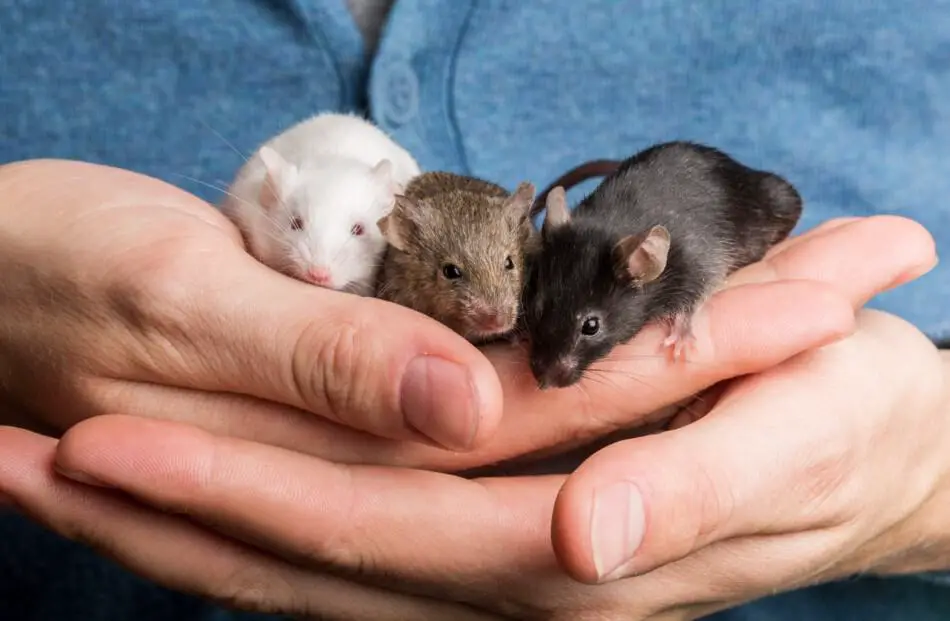
They extract moisture from the food they eat.
Quick Fact: Gerbils are fast rodents. They can run at a speed of six km per hour. Pretty fast for a little rodent.
Gerbils have a special kidney designed to retain as much of its bodily fluids as possible. Hence the reasons gerbils don’t urinate much at all.
Baby gerbils are born, blind, deaf and hairless
Gerbils are born blind, deaf, and without any fur and would not survive without their parents. Within 10-12 days the babies will start to grow fur.
Their eyes will remain closed for about 18-20 days.
At 4 to 5 weeks the pups will be weaned from their mother and at 6 weeks they will be ready for a new home.
Quickfire gerbil facts
- Baby gerbils are called pups
- Gerbils are born blind, deaf and without fur
- In the wild gerbils live in the desert
- Gerbils live for 3-5 years
- Gerbils are illegal in Hawaii and California
- Gerbil teeth never stop growing
- Gerbils can carry diseases
- Gerbils are smart and very sociable
- Approximately one-fifth to one-half of all gerbils have epilepsy
- Gerbils warn off predators by banging their tail into the ground
- They build deep and complex burrows in the wild
- Gerbil eyes are placed either side of their head to watch out for predators from all angles.
- In the wild gerbils live in large colonies
- They have been kept as pets since the 1800’s
- Gerbils are also known as desert rats
- They can shed their tail if caught to avoid capture
- Their tails are as long as their entire body length
- If they sense danger they will squeal and thump their back legs like a rabbit
- There are over 100 different species of gerbil
- The largest being the Great Gerbil, Rhombomys pimus, which is native to Turkmenistan and can grow up to 16 inches long
- There are over 100 species of Gerbils worldwide
- Gerbils in the wild would rather wash in the sand rather than water. They roll around in the sand to remove dirt and parasites
- Gerbils love to play and can be seen wrestling and rolling around with each other. This is a playful activity and is normal when they are happy and content.
Gerbil Species Profile
| Kingdom | Animalia |
| Phylum | Chordata |
| Class | Mammalia |
| Order | Rodentia |
| Family | Muridae |
| Common Names | Gerbil, Desert rats |
| Lifespan | 3-5 years |
| Size | 3” – 16″ |
| Gerbil subfamily size | 110 species |
| Genera | Ammodillus Brachiones Desmodilliscus Desmodillus Dipodillus Gerbilliscus Gerbillurus Gerbillus Meriones Microdillus Pachyuromys Psammomys Rhombomys Sekeetamys Tatera Taterillus |
Conclusion: Gerbil facts
We hope you’ve enjoyed these 12 Gerbils facts with some extra facts thrown in to entertain and help educate you on these very special little rodents and loved pets.
Build your gerbil a special and interesting home with tunnels and caves and toys to play with and these little creatures will be happy and show their emotions more.
Gerbils make great pets and I have kept many over the years and bred lots of baby pups.
It’s a very special thing watching the parents of a group of pups taking care of their babies and seeing how protective and caring they really are.
Remember, gerbils and not smelly pets and make a great first pet for small children. They rarely bite and cost very little to purchase and care for.
As responsible pet owners and Gerbil keepers, you have a duty of care to provide them with the best home and feed them the best foods. As mentioned before we feed our Gerbils Wild Harvest Gerbil and Hamster food which we purchase here on Amazon.

